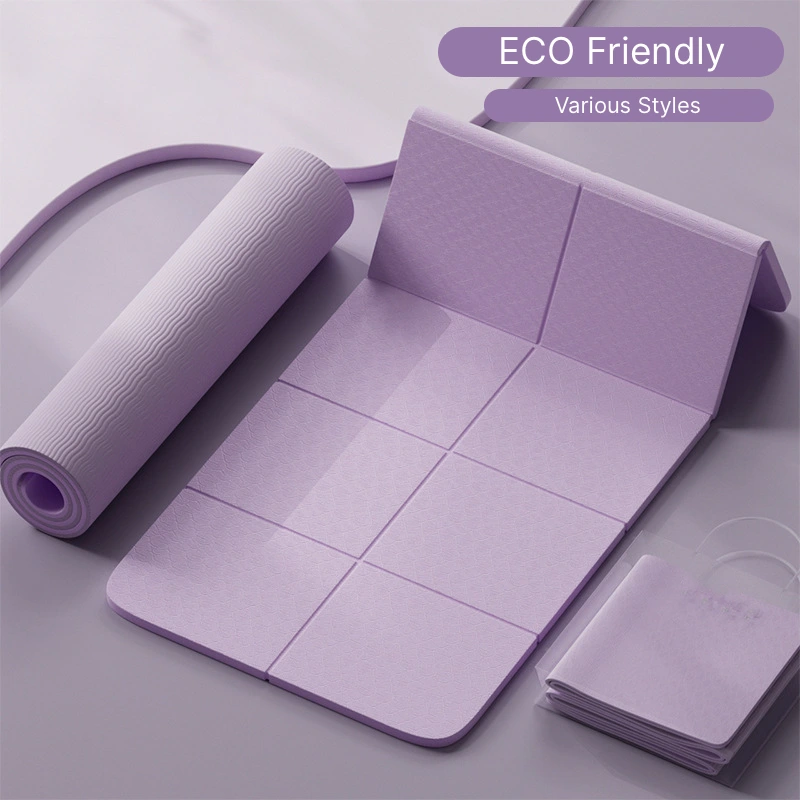In the world of yoga, your mat is your sanctuary. It’s not just a surface; it’s where your practice takes root and blossoms. When it comes to selecting the perfect yoga mat, TPE (Thermoplastic Elastomer) stands out as a superior choice over its counterpart, EVA (Ethylene Vinyl Acetate). Let’s delve into why TPE mats are increasingly favored by yoga enthusiasts worldwide.
Understanding the Composition of TPE Mats
TPE mats are crafted from a blend of thermoplastic and rubber materials. This composition offers several advantages that set TPE apart from EVA mats. Firstly, TPE is known for its exceptional durability and resilience. It provides a supportive yet cushioned surface that adapts to the contours of your body during yoga practice. Unlike EVA mats, which can lose shape and degrade over time, TPE mats retain their integrity, ensuring a consistent and reliable performance session after session.
Safety and Hygiene: TPE vs. EVA Mats
Safety and hygiene are paramount in yoga practice. TPE mats excel in both these aspects. They are hypoallergenic and free from harmful substances such as PVC and latex, making them suitable for practitioners with sensitive skin or allergies. In contrast, EVA mats may contain chemicals that can emit odors or cause skin irritation, compromising the purity of your practice environment. TPE mats are also easier to clean and maintain, resisting moisture absorption and bacterial growth more effectively than EVA mats.
User Experiences: Why Yogis Prefer TPE
The preference for TPE mats among yogis stems from their superior grip and comfort. TPE’s non-slip surface ensures stability and prevents slips, even during the most challenging poses. This feature not only enhances safety but also boosts confidence and concentration during practice. Additionally, TPE mats are lightweight and portable, making them convenient for yogis who travel or attend classes regularly. Their eco-friendly nature, being recyclable and biodegradable, aligns with the values of sustainability that many yogis cherish.
In conclusion, when choosing a yoga mat that enhances your practice and aligns with your values, TPE emerges as the clear frontrunner. Its durability, safety, comfort, and environmental friendliness make it an investment in both your well-being and the planet. Whether you’re a seasoned yogi or just beginning your journey, a TPE mat promises to support you every step of the way, ensuring your practice remains enriching and fulfilling.
Explore, customize, purchase, and wholesale TPE Yoga Mats products.
FAQ
1. Are TPE mats eco-friendly?
TPE mats are considered eco-friendly as they are recyclable and biodegradable, reducing environmental impact compared to other materials like PVC.
2. How do TPE mats compare to EVA mats in terms of durability?
TPE mats are more durable than EVA mats, maintaining shape and performance over time without degrading.
3. Are TPE mats suitable for practitioners with allergies?
Yes, TPE mats are hypoallergenic and free from PVC and latex, making them ideal for users with sensitive skin or allergies.
4. Do TPE mats provide good grip during yoga practice?
Yes, TPE mats offer excellent non-slip properties, ensuring stability and safety during various yoga poses.
5. How should I clean and maintain a TPE yoga mat?
TPE mats are easy to clean with mild soap and water. Avoid using harsh chemicals that could damage the material.
